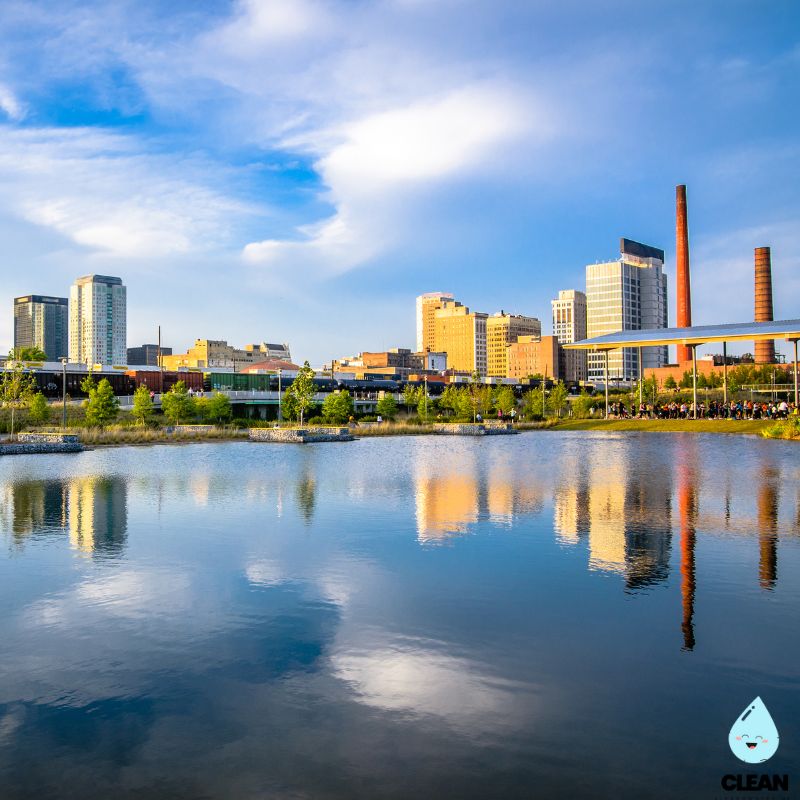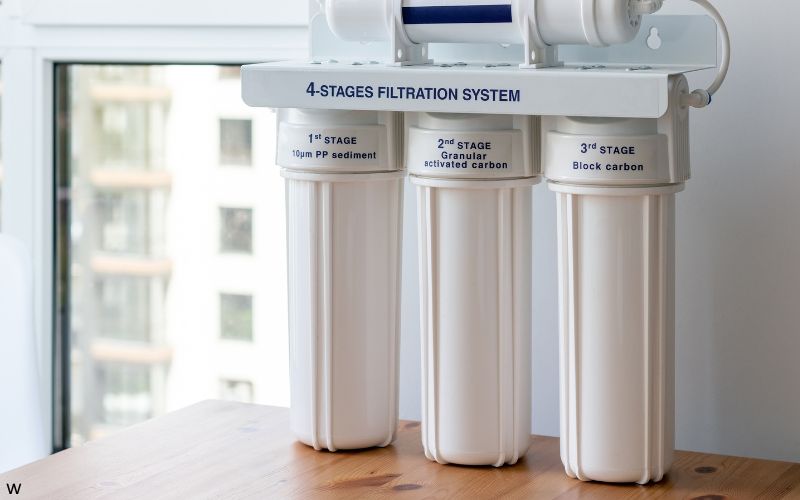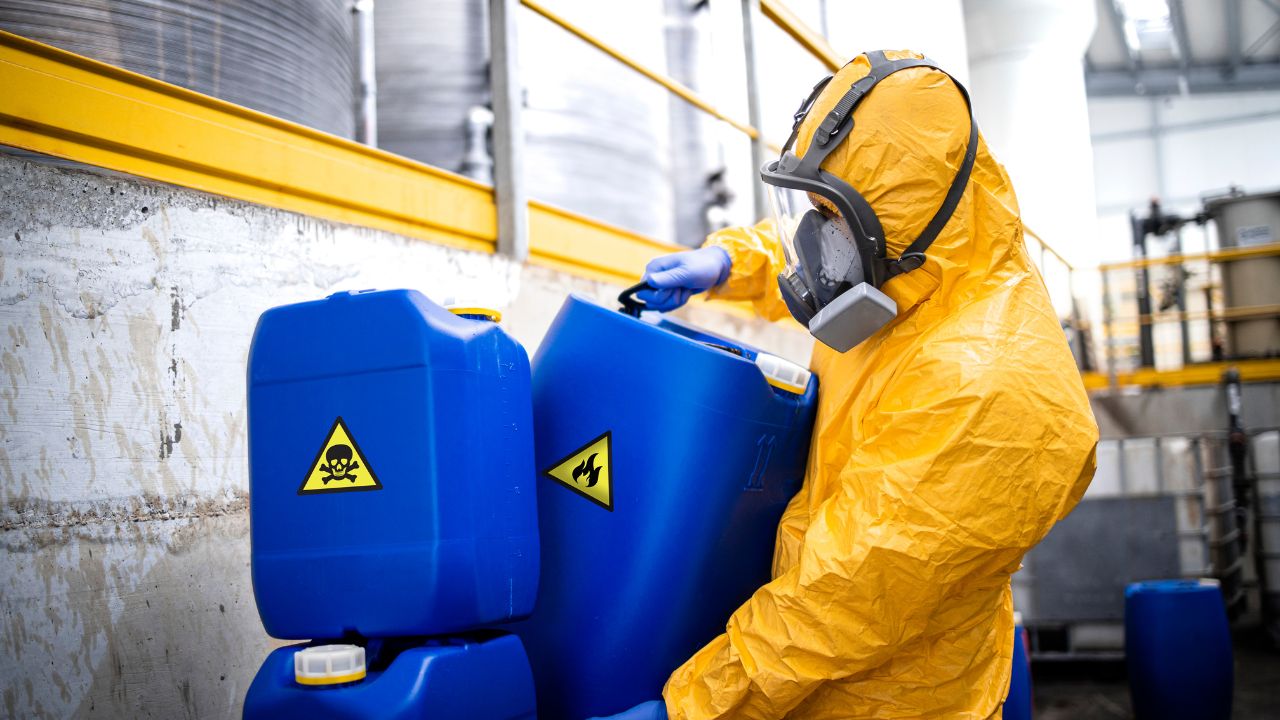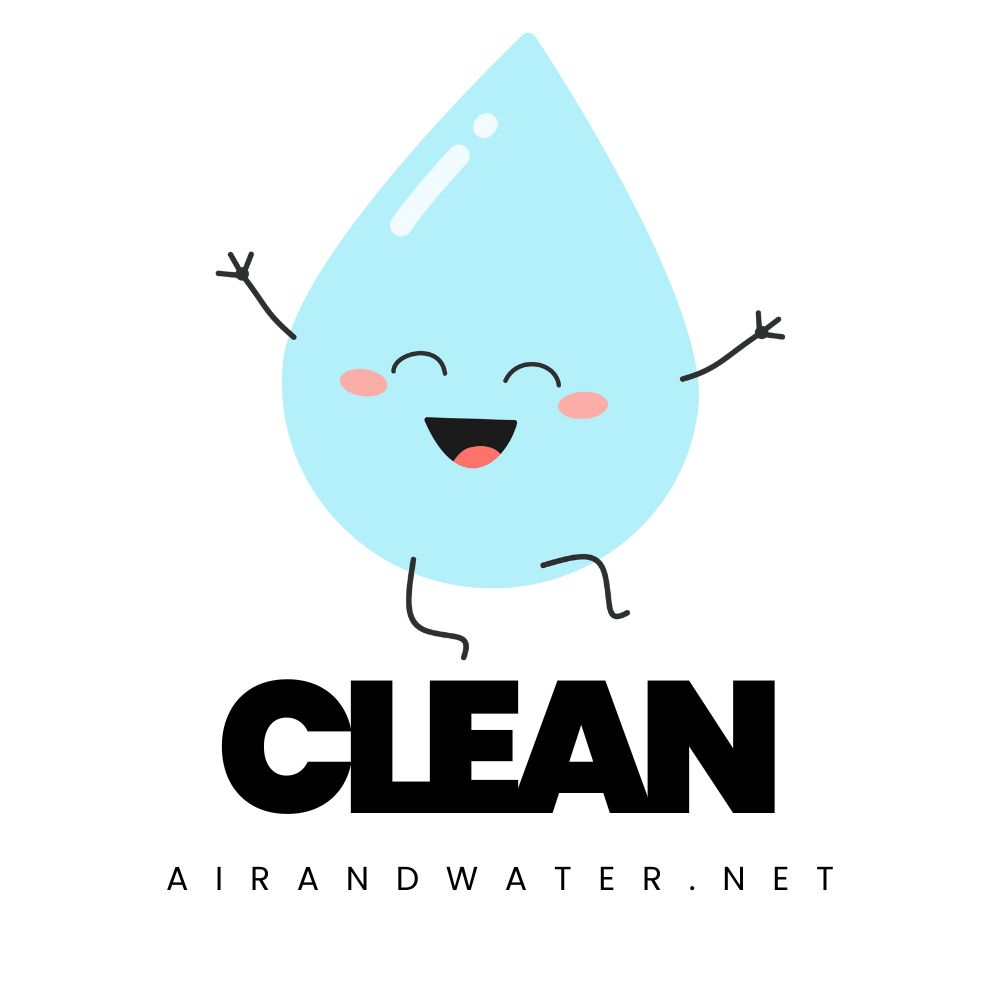Birmingham Water Quality at a Glance
treatment byproducts concern
Is Birmingham Water Safe to Drink?
Generally Yes – Birmingham Water Works exceeds EPA standards and has some of the lowest PFAS levels in the nation at 5.3 ppt. However, disinfection byproducts like chloroform and trihalomethanes exceed health guidelines, and trace amounts of chromium-6 have been detected. The water undergoes extensive testing with over 173,000 analyses per year.
⚠️ Key Considerations for Birmingham Residents
- Disinfection Byproducts: Chloroform at 36x and total trihalomethanes at 201x above strict health guidelines
- PFAS “Forever Chemicals”: Very low levels at 5.3 ppt – one of the best in the nation (well below 70 ppt advisory)
- Chromium-6: Detected at 0.0778 ppb – nearly 4x above California’s strict health guideline
- Water Source: Cahaba River watershed – well protected but requires chlorine treatment that creates byproducts
Read the full report below for detailed analysis, water source information, and actionable recommendations for Birmingham residents.
Birmingham – Alabama – Water Quality Report 2025: PFAS Testing, Infrastructure Concerns & Safety across your city
Birmingham Water Works (BWWB) is the largest drinking water provider in Alabama, delivering high-quality water to more than 600,000 people throughout Birmingham and surrounding communities. The utility produces over 100 million gallons of water daily through four water treatment facilities – Carson, Putnam, Shades Mountain, and Western Filter Plants. Birmingham’s water system boasts an extensive infrastructure that includes more than 4,000 miles of water mains covering a service area of more than 759 square miles.
Birmingham’s water begins its journey in the Warrior and Cahaba rivers, flowing through a comprehensive treatment process before reaching customers’ taps. The utility maintains an aggressive environmental protection policy that limits development near water sources to reduce potential contaminants. This approach includes watershed protection and land acquisition to preserve water quality while decreasing the amount of treatment required. As part of its commitment to water quality, Birmingham Water Works conducts extensive testing through its certified laboratory (EnviroLab), performing more than 173,000 water quality tests annually to ensure compliance with state and federal purity standards.

Birmingham Water Quality: Current Status (2024-2025)
Water Sources and Treatment
- Shades Mountain Filter Plant: Served by the Cahaba River and Lake Purdy Reservoir, this facility can process up to 80 million gallons of water daily through a multi-stage treatment process.
- Western Filter Plant: Draws water from the Sipsey and/or Mulberry Forks of the Warrior River, adding to the system’s capacity and reliability.
- Putnam Filter Plant: Utilizes water from Inland Lake or the Sipsey/Mulberry Forks of the Warrior River to serve its service area.
- Carson Filter Plant: Processes water from Inland Lake or the Sipsey Fork of the Warrior River, completing Birmingham’s diverse water supply network.
Treatment Process
- Intake: Water is drawn from source rivers and reservoirs, with screens removing large debris like logs, fish, and plants.
- Chemical Addition/Coagulation: Chemicals are added to kill germs, improve taste and odor, and cause particles in the water to stick together.
- Flocculation and Sedimentation: The water is mixed to create larger particles called floc, which then settle to the bottom in sedimentation basins.
- Filtration: The partially clarified water passes through filters to remove remaining particles and impurities.
- Disinfection: Final treatment with disinfectants ensures the water is safe from harmful bacteria and viruses before distribution.
Quality Monitoring
- Comprehensive Testing: Birmingham Water Works conducts over 173,000 tests annually on more than 150 different chemicals and contaminants, far exceeding regulatory requirements.
- Certified Laboratory: The utility’s EnviroLab is certified by the Alabama Department of Environmental Management (ADEM) and the Environmental Protection Agency (EPA).
- Continuous Monitoring: Water quality is continuously tracked at the source, throughout treatment, and within the distribution system to ensure consistent quality.
PFAS Monitoring
Birmingham has some of the lowest PFAS levels in the nation. Environmental Working Group testing found Birmingham’s PFAS levels at just 5.3 parts per trillion (ppt), which was one of the lowest levels detected nationally and well below the EPA’s health advisory level of 70 ppt. The last comprehensive EPA testing in 2013 found no detectable PFAS levels at all. However, recent testing by environmental groups has detected low levels of specific PFAS compounds including PFOA (1.12 ppt), PFOS (1.74 ppt), and PFHxS (0.0830 ppt) – all below EPA’s proposed regulatory limits. Birmingham Water Works continues to monitor PFAS levels and is prepared to implement treatment technologies as new federal standards are enforced by 2029.
Recommendations for Birmingham Residents

Review Annual Water Quality Reports
Birmingham Water Works publishes an Annual Water Quality Report (Consumer Confidence Report) that details testing results and water quality information. Review this report to understand what’s in your water and how it compares to regulatory standards.

Consider Home Filtration
While Birmingham’s water meets all regulatory standards and has excellent PFAS levels, some residents may prefer additional filtration for disinfection byproducts. For general improvement in taste and odor, carbon filters are effective. For more comprehensive filtration, including reduction of chloroform and trihalomethanes, consider NSF-certified systems using granular activated carbon or reverse osmosis technology.

Practice Water Conservation
Help preserve Birmingham’s water sources by implementing water conservation practices. Fix leaks promptly, install water-efficient fixtures, and be mindful of outdoor water use, especially during periods of drought or high demand.

Check Your Home Plumbing
While Birmingham Water Works delivers high-quality water, lead can still enter water through older home plumbing. If you live in an older home with potential lead pipes or fixtures, consider having your water tested for lead and running cold water for 30-60 seconds before use, especially after water has been sitting in pipes overnight.

Report Water Issues
If you notice problems with your water quality such as unusual color, taste, or odor, contact Birmingham Water Works Customer Care at (205) 244-4000. Prompt reporting helps the utility identify and address potential issues in the water distribution system.
Quality News About Your Water
Get the comprehensive water quality news coverage you need with our dedicated US Water News Service. From coast to coast, we deliver in-depth reporting and expert analysis on PFAS contamination, EPA regulatory changes, infrastructure developments, and emerging water safety issues affecting communities nationwide. While mainstream media only covers the biggest stories, we provide the detailed, ongoing coverage that helps you understand the full scope of America’s water challenges. Whether you’re a concerned citizen, water professional, or community leader, our daily updates and analytical insights keep you informed about the issues that matter most to public health and environmental safety.
Frequently Asked Questions
Is Birmingham’s tap water safe to drink?
Yes, Birmingham’s tap water meets or exceeds all federal and state drinking water standards and is safe to drink. Birmingham Water Works conducts extensive testing, with more than 173,000 tests performed annually on over 150 different contaminants.
The utility employs multiple barrier treatment processes at its four water treatment plants to ensure water quality and safety. Each stage of treatment—from chemical addition and coagulation to filtration and disinfection—is carefully monitored. Birmingham Water Works maintains excellent compliance with the Alabama Department of Environmental Management (ADEM) and the Environmental Protection Agency (EPA) standards, demonstrating its commitment to providing safe, high-quality drinking water.
What is being done about PFAS in Birmingham’s water?
Birmingham has excellent news regarding PFAS contamination. Environmental Working Group testing found Birmingham has some of the lowest PFAS levels in the nation at just 5.3 ppt total PFAS:
1. Current Status: Birmingham’s PFAS levels are well below the EPA’s 70 ppt health advisory level. Recent testing shows PFOA at 1.12 ppt and PFOS at 1.74 ppt, both below EPA’s proposed 4 ppt regulatory limits.
2. National Comparison: Birmingham ranks among the lowest PFAS contamination levels in the country, making it significantly safer than many other water systems.
3. Ongoing Monitoring: The utility continues to test for PFAS compounds as part of its extensive water quality monitoring program.
4. Future Planning: With such low current levels, Birmingham is well-positioned to meet new EPA PFAS standards that take effect by 2029.
Birmingham’s low PFAS levels are particularly notable given that Alabama overall has some of the highest PFAS contamination in the country, especially in North Alabama near the 3M facility.
Where does Birmingham’s water come from?
Birmingham’s water comes from several surface water sources, each serving specific treatment plants in the Birmingham Water Works system:
• Cahaba River and Lake Purdy Reservoir: Serve the Shades Mountain Filter Plant, which can process up to 80 million gallons daily. The Cahaba River is a critical watershed that Birmingham Water Works actively works to protect.
• Sipsey and Mulberry Forks of the Warrior River: Supply the Western Filter Plant, adding diversity to Birmingham’s water sources.
• Inland Lake: A major reservoir that serves as a water source for both the Putnam and Carson Filter Plants. This lake is also fed by the Sipsey Fork of the Warrior River.
• Sipsey Fork of the Warrior River: Provides water to the Carson Filter Plant, completing Birmingham’s multi-source water supply network.
This diverse source approach enhances system reliability, particularly during drought conditions when certain water sources may be stressed. Birmingham Water Works has implemented watershed protection measures to preserve these water sources, including limiting development near reservoirs and rivers.
How is Birmingham’s water treated?
Birmingham Water Works uses a comprehensive multi-step treatment process at its four filtration plants:
1. Intake: Water is drawn from rivers and reservoirs, with screens removing large debris like logs, fish, and plants.
2. Chemical Addition/Coagulation: Chemicals are added to:
– Kill germs and microorganisms
– Improve taste and odor
– Cause particles to stick together (coagulation)
3. Mixing and Flocculation: Water and chemicals are rapidly mixed, allowing particles to combine into larger clumps called “floc.”
4. Sedimentation: The water flows into sedimentation basins where the floc particles settle to the bottom.
5. Filtration: The partially clarified water passes through filters to remove remaining particles and impurities.
6. Disinfection: Final treatment with disinfectants ensures the water is free from harmful bacteria and viruses before distribution.
Throughout this process, water quality is continuously monitored by plant operators and automated systems to ensure it meets all safety standards.
Contaminants of Concern

PFAS (Per- and Polyfluoroalkyl Substances)
Source: Industrial processes, firefighting foam, food packaging, and consumer products; PFAS chemicals are persistent and can enter water sources through various pathways
Health Effects: Some PFAS compounds have been linked to increased cholesterol levels, changes in liver enzymes, decreased vaccine response in children, increased risk of certain cancers, and other health issues
Birmingham’s Status: Excellent news – Birmingham has some of the lowest PFAS levels in the nation at 5.3 ppt total PFAS. Specific compounds detected include PFOA (1.12 ppt), PFOS (1.74 ppt), and PFHxS (0.083 ppt) – all well below health advisory levels and proposed regulatory limits

Disinfection Byproducts
Source: Form when chlorine or other disinfectants used in water treatment react with naturally occurring organic and inorganic matter in the water; include trihalomethanes (THMs) and haloacetic acids (HAAs)
Health Effects: Some studies suggest potential increased risk of cancer and reproductive effects with long-term exposure to elevated levels; can also affect the liver, kidneys, and central nervous system
Birmingham’s Status: While Birmingham meets EPA limits, some disinfection byproducts exceed strict health guidelines: chloroform at 36x and total trihalomethanes at 201x above EWG health guidelines. Activated carbon filtration can effectively reduce these compounds for concerned residents
Please read – our information
The information presented on cleanairandwater.net is compiled from official water quality reports, trusted news sources, government websites, and public health resources. While we strive for accuracy and thoroughness in our presentations, we are not scientists, engineers, or qualified water quality professionals.
Our mission is to present water quality information in an accessible, real-world format that helps people understand what’s in their water and make informed decisions about their health and safety. We believe that complex environmental information should be available to everyone in a format that’s easy to understand.
We make every effort to ensure our content is current and accurate, but we cannot guarantee that all information is complete or error-free. This website should not replace official communications from your local water utility or health department. We always recommend consulting official sources for the most up-to-date information regarding your specific water system.
Clean Air and Water is not liable for any unintentional errors, omissions, or outdated information. The content on this site is provided for informational purposes only and should not be considered professional advice.


